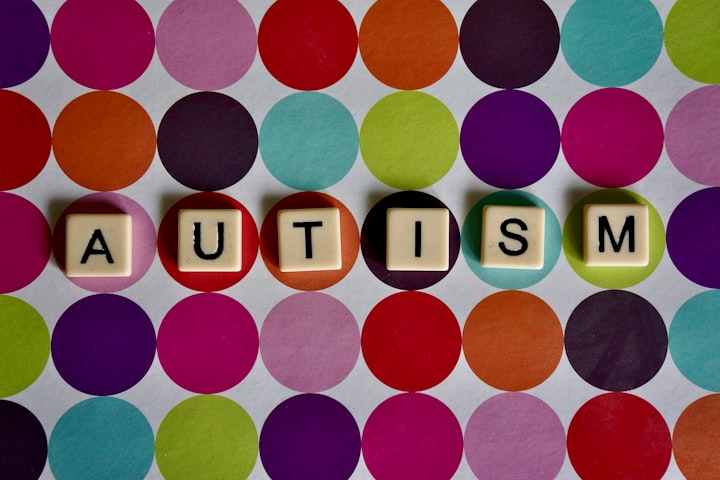
Amyotrophic Lateral Sclerosis (ALS) is a progressive neurological disease that attacks the nerves controlling voluntary movement in the body. About 5 in every 1,00,000 people worldwide get diagnosed with ALS each year. It is often difficult to answer how or why the disease occurs, while the condition itself is not curable. However, continued research and development offer the prospect of refined treatment options. Let’s take a closer look at what Amyotrophic Lateral Sclerosis symptoms look like.
Understanding ALS
ALS is one among a group of conditions known as motor neuron diseases. Motor neuron diseases are neurodegenerative disorders that selectively affect motor neurons – the cells that control all the voluntary muscles of the body. As the name suggests, voluntary muscles are responsible for performing voluntary movements.
Also known as Lou Gehrig’s disease, Amyotrophic Lateral Sclerosis incapacitates the patient’s brain to send messages to the muscles, causing them to weaken and eventually die. ALS is inherited in about 5-10% of patients, while the causes behind the remaining cases are unknown. There is no cure for the disease, although treatment can slow down progression and improve functionality.
Symptoms of ALS
Generally, the symptoms of ALS start with muscle weakness in one limb or a certain part of the body, which then spreads to the rest. ALS disease symptoms may vary greatly from one patient to another depending on where the neuron degeneration begins. Typically, Amyotrophic Lateral Sclerosis symptoms follow the given pattern:
- Clumsiness or trouble walking
- Weakness in hands, feet, or on one side of the body
- Slurred and/or nasal speech
- Difficulty in completing regular activities
- Difficulty chewing and swallowing
- Cramping muscles
- Tightened muscles (spasticity)
- Twitching sensations in the tongue, arms, and shoulders
- Inappropriate crying or laughing (known as the Pseudobulbar affect)
- Rapid weight loss
- Problems with language and/or decision-making
Complications of ALS
As the disease progresses and muscles continue to atrophy, patients gradually lose the ability to perform daily activities on their own. They would require 24x7 care and assistive devices for actions like eating and swallowing. Some of the complications they may experience include:
Speech trouble: As the muscles in the face, jaw, and tongue experience atrophy, patients may start slurring their speech and may even be unable to speak in later phases. They will typically opt for alternative modes of communication, such as a speech device or cue cards.
Eating problems: ALS damages the muscles that control chewing and swallowing. This can affect the person’s ability to ingest food properly, leading to malnutrition, dehydration, or even breathing troubles, if food goes down the wrong pipe.
Weight loss: As a result of muscle atrophy as well as malnutrition from swallowing problems, patients with ALS tend to lose weight rapidly.
Dementia: In certain cases, patients may experience what is known as Frontotemporal Dementia, which involves trouble with decision-making and memory.
Breathing problems: Many ALS patients die of respiratory failure, which occurs due to paralysis of the breathing muscles, during the last stages of the disease. They may require a 24-hour respirator when the disease reaches that stage.
FAQs
How quickly does ALS progress?
On average, it takes about 9-12 months for a patient to receive an ALS diagnosis from the time symptoms first start showing up. The average life expectancy for patients is about 5-10 years past the initial onset of symptoms.
Is Amyotrophic Lateral Sclerosis fatal?
Currently, there is no known cure for ALS and no way to reverse its degenerative effects. The median life expectancy after the onset of the disease is 5 years, although some patients go on to live for much longer, like the British physicist Stephen Hawking.
What are the last days of ALS like?
At the very last stages of ALS, all or most of the patient’s voluntary muscles will be paralyzed. They will be unable to move around, speak, chew, or swallow on their own, and may have breathing difficulties that call for a respirator. There may be heart complications or respiratory disorders, many of which may be fatal.
Does ALS come on suddenly?
While the muscle-weakening symptoms of ALS may appear to have come on suddenly, symptoms usually build up for a while. It is merely that the patient only perceives the symptoms after some time.
What is the most aggressive form of ALS?
The most aggressive type of ALS is called Bulbar ALS. This attacks the muscles used for swallowing, speaking, and breathing right from the start, and is typically fatal within months.
How many stages of ALS are there?
There are typically three stages of ALS – early, middle, and late. Early-stage symptoms are limited to one limb or one side of the body and can affect daily activities involving fine motor skills. Middle-stage symptoms involve more widespread paralysis, trouble walking, muscle contractures, and difficulties with speaking and swallowing. Late-stage symptoms affect the entire body, with near-complete muscular atrophy and the need for a feeding tube and respirator in most cases.
Does ALS start in the spine?
ALS occurs due to nerve damage in the spine and the brain. It typically starts with nerve damage in specific parts of the spine, causing muscle weakness or paralysis in an arm or a leg.
How can you prevent ALS?
There is no known way to prevent ALS definitely or to cure it once one has it. In general, eating a diet rich in leafy green vegetables and vitamin E, and regularly exercising will boost immunity and thus reduce the risk of life-threatening diseases.
What is the difference between primary lateral sclerosis and ALS?
Both ALS and Primary Lateral Sclerosis (PLS) are motor neuron diseases, which means that they cause muscle degeneration as a result of nerve damage in the brain and spine. However, PLS typically affects the upper motor neurons alone, while ALS affects both the upper and the lower motor neurons. PLS also tends to progress more slowly and be less degenerative overall than ALS.
What vitamins help ALS?
Some studies have shown that taking vitamin B12 right after symptom onset can slow disease progression and improve the prognosis. However, no specific vitamins can help the disease significantly, although a balanced nutritious diet is advised.
How long can people live with PLS?
The average life expectancy for patients with PLS after disease onset, is about 20 years. However, the later stages vary for patients, with some retaining their ability to walk and others requiring a wheelchair.
Does PLS affect breathing?
Primary Lateral Sclerosis leads to general muscle wastage all over the body. In the later stages, breathing difficulties may occur, although it is rare.
In conclusion, ALS is a neurodegenerative disease for which the prognosis can be poor. There are, however, multiple treatment options to ensure that the symptoms are staved off as far as possible. By regularly attending therapy and maintaining a fit lifestyle, patients can continue to be with their family and do the things they enjoy for several years





Comments
There are no comments for this story
Be the first to respond and start the conversation.